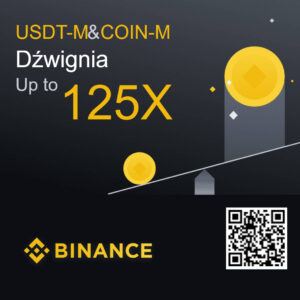Rate Litecoin 0,00085803 BTC
Change (24h): 0,00%
Calculator LTC / BTC
How is 1 Litecoin?
| LTC | 0 BTC | |
| BTC | 0 LTC |
Team
- No data
Another prices
- BAT 0.2327 EUR 0,00%
- LSK 2.35 USD 0,00%
- PAY 0.01058 EUR 0,00%
- TRX 0.23477 EUR -0,20%
- TRX 0.00000317 BTC 0,32%
- SYS 0.0000002 BTC 0,00%
- KMD 0.00000015 BTC 0,00%
- ZEN 0.00009021 BTC 0,79%
- CMT 0.00000028 BTC 0,00%
- TROY 0.000069 USDT 0,00%
Do you know how buy Litecoin?
Description
Do you have account on KryptoBot?



